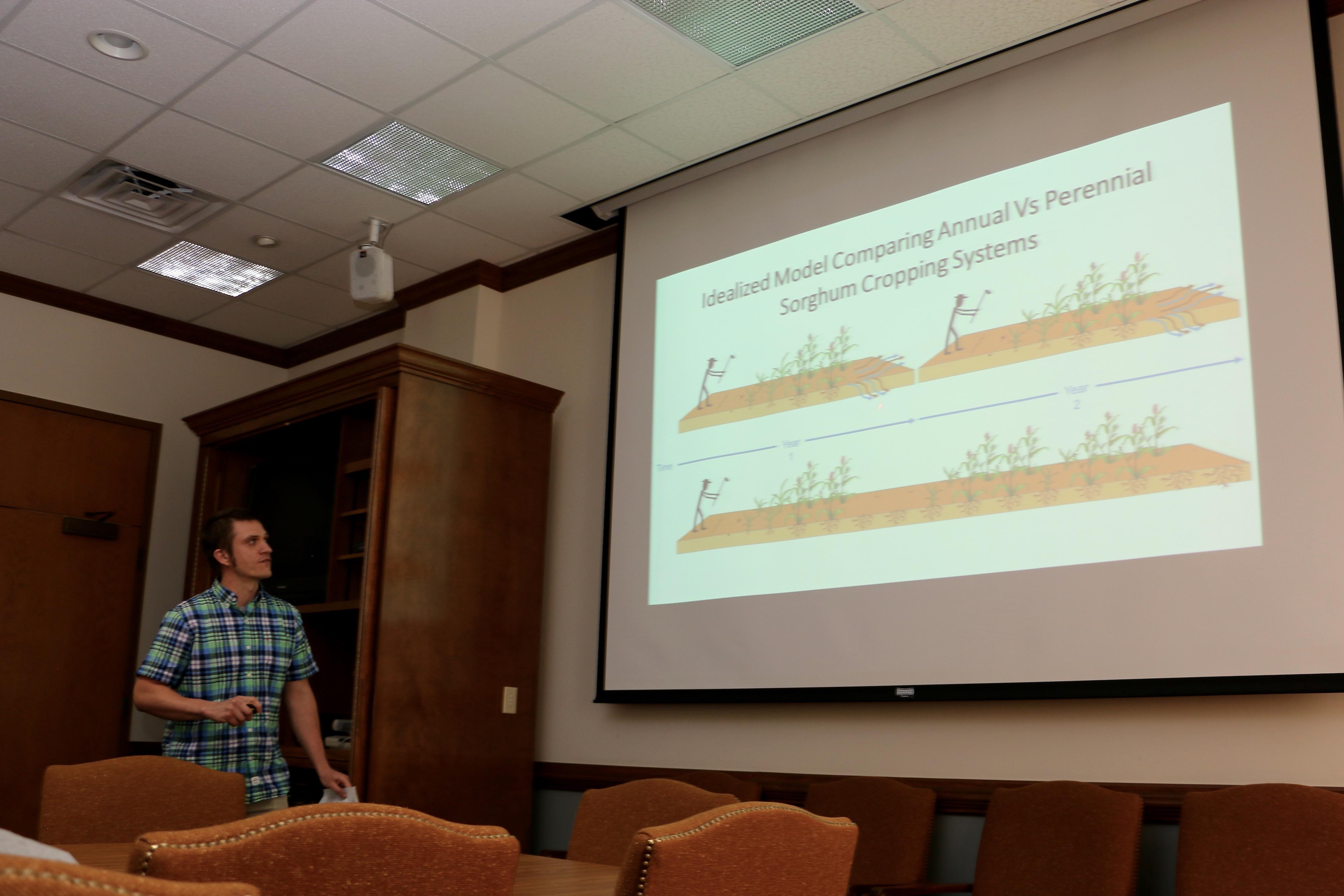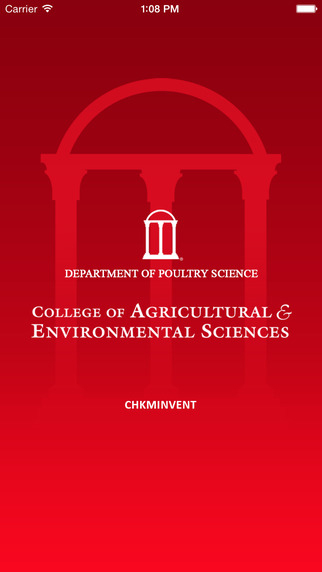Rain from Tropical Storm Fay brought much needed moisture to Georgia August 22-26. According to the University of Georgia Automated Environmental Monitoring Network, many places got more than 10 inches of rain from the storm’s slow trek across the Southeast.
The weather station in Cairo got 16.8 inches, the highest recorded. Other Georgia cities receiving significant rain include Attapulgus with 16.3 inches, Newton with 13 inches, Camilla with 10.8 inches and Dixie with 10.8 inches.
Disease pressure high, pastures rebounding
Crop diseases are expected to flourish across the region as a result of the significant rainfall. In Georgia, there are concerns about diseases in cotton, peanut, corn, soybean and forages. In particular, we might see an increase in incidences of leaf spot, white mold and Rhizoctonia limb rot in peanut, soybean rust in soybean, southern corn rust in corn and Stemphylium leaf spot in cotton.
On a positive note, the moisture will improve forage conditions. While it is too late to provide extra forage production, the rain will allow for a good late cutting of Bermuda grass and extensive late-season grazing.
It will also help tall fescue pastures rebound and allow warm-season perennials to approach the dormancy with some significant growth. This will enable them to better survive the winter.
We anticipate good planting conditions for winter annuals because of the good moisture conditions. Lack of moisture was one of the biggest problems last fall when it was too dry to plant.
Forage diseases like Helminthosporium leaf spot on Bermuda grass could be an issue, particularly if we get cool night temperatures. Later, cool-season annual plantings will be problematic with moist conditions.
Peach trees broken and battered
Some peach trees in south Georgia were damaged by Fay’s rain and strong winds. Growers expect to lose trees that were pushed over by heavy winds. Wounded trees will be susceptible to boring insects and fungal problems that are associated with tree stress and wet conditions.
Peach growers will need to take steps to reduce further tree damage and ensure that soil is replaced and adequately tamp down around all trees. To maintain good tree health next season, this should be done for all trees, even those that are not toppled over.
Assuming that a good spray program is in place, apples will likely not be hurt by Fay. Growers may see an increase in late-season rots such as bitter rot.
Grapes could split, rot
There is concern about the effect of wet conditions on wine grapes that are in the middle of harvest or just prior to harvest. If splits occur due to excess rain, it is possible that various rots will come through on wine grapes. Excess rain now does not benefit wine grapes as excess moisture is not good during the ripening process.
The pecan trees in southwest Georgia along the Florida border from Lanier County to Lowndes County west to the Alabama border were significantly damaged by rain and wind. Damage includes broken limbs, downed trees and nuts blown off.
Some growers estimate crop losses between 10 percent and 50 percent. In some orchards, up to two feet of standing water poses a problem if it does not drain within a week.
The pecan crop overall from southern Mitchell County northward had minimal to no damage. Most pecan orchards were clean prior to the storm and are expected to remain disease-free.








